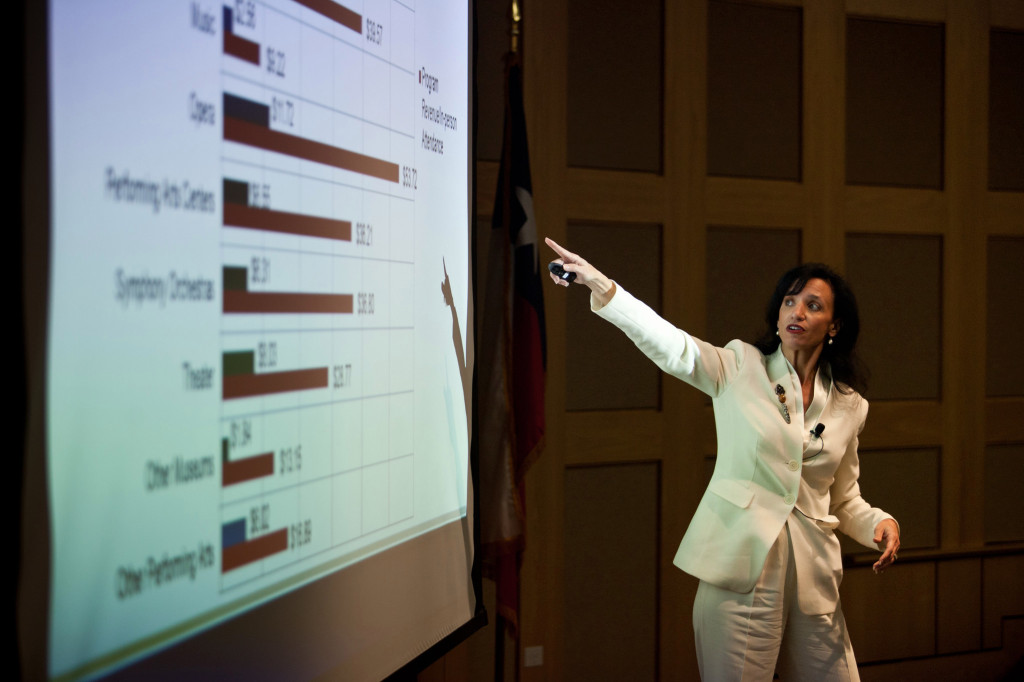[ad_1]
As museums and other arts organizations begin to reopen in other parts of the world, a new report considers how arts nonprofits in the United States can navigate the current coronavirus crisis, which has resulted in significant financial losses, and how they can plan for the future.
Titled “In It for the Long Haul,” the report is co-authored by Zannie Giraud Voss, director of SMU DataArts, which produces reports on arts management and patronage, and Jill Robinson, CEO of TRG Arts, a management consultancy firm. Among the findings in the report, which analyzed the responses to surveys from member organizations like the Association Art Museum Directors, found that the coronavirus-related losses will total an estimated $6.8 billion in the aggregate for the roughly 35,000 arts organizations in the United States with an operating budget of at least $50,000, which represents a deficit of about 26 percent of expenses for each organization.
These projections account for the 12-month period of March 2020 to February 2021, with an estimated reopening date for organizations of October 1, 2020. As part of the $6.8 billion figure, the report projects that the total loss in revenue from these organizations to total $5.4 billion, while compensation reductions through pay cuts and furloughs to be $3.9 billion, among other figures detailed in the breakdown.
“The Covid-19 crisis is a real threat, existentially, to many organizations in the sector, but it also creates opportunities for transformation,” Giraud Voss and Robinson said in an email to ARTnews. “We wanted to do two things with this report: use data to create a clear-eyed view of potential financial outcomes, while also outline steps that could inspire positive action for recovery and inspire thinking about transformation.”
The report also found that, much like the communities they were found to serve, culturally specific institutions are particularly vulnerable and that the “national distribution of arts funding flows disproportionately to large institutions, which puts culturally specific organizations at a disadvantage. Culturally specific organizations are affected by the same structural racism and inequities that affect the people and communities they serve.”
Additionally, one concern among art organizations, according to the report, is that they will have to put on hold their equity, diversity, and inclusion (EDI) goals for audience and staff as they look to recover financially from these estimated losses. Giraud Voss and Robinson argue that organizations should “take a leadership role in communities by keeping EDI within their sphere of focus in creating revenue-driven projects. When organizations provide programming that makes them relevant to only a small slice of the community, they not only expose themselves to risk when that narrow slice diminishes in size with shifting demographics, but they also miss opportunities to increase their footprint of relevance.”
When it comes to how organizations ought to change, the report recommends that they “be clear about the service they provide to communities and ensure that their posture, via messaging and action, reinforces their service,” and that, rather than asking for financial help to help them survive and recover, “organizations might consider shifting their focus outward to their community’s needs.” Doing so, its authors claim, will help organizations “be part of the solution to healing divided communities at a critical time.”
In their email, Giraud Voss and Robinson added, “We’re pleased that many leaders do see this time as an opportunity to transform their relationship with their broader communities and are prioritizing their organization’s role in healing divided communities.”
[ad_2]
Source link


